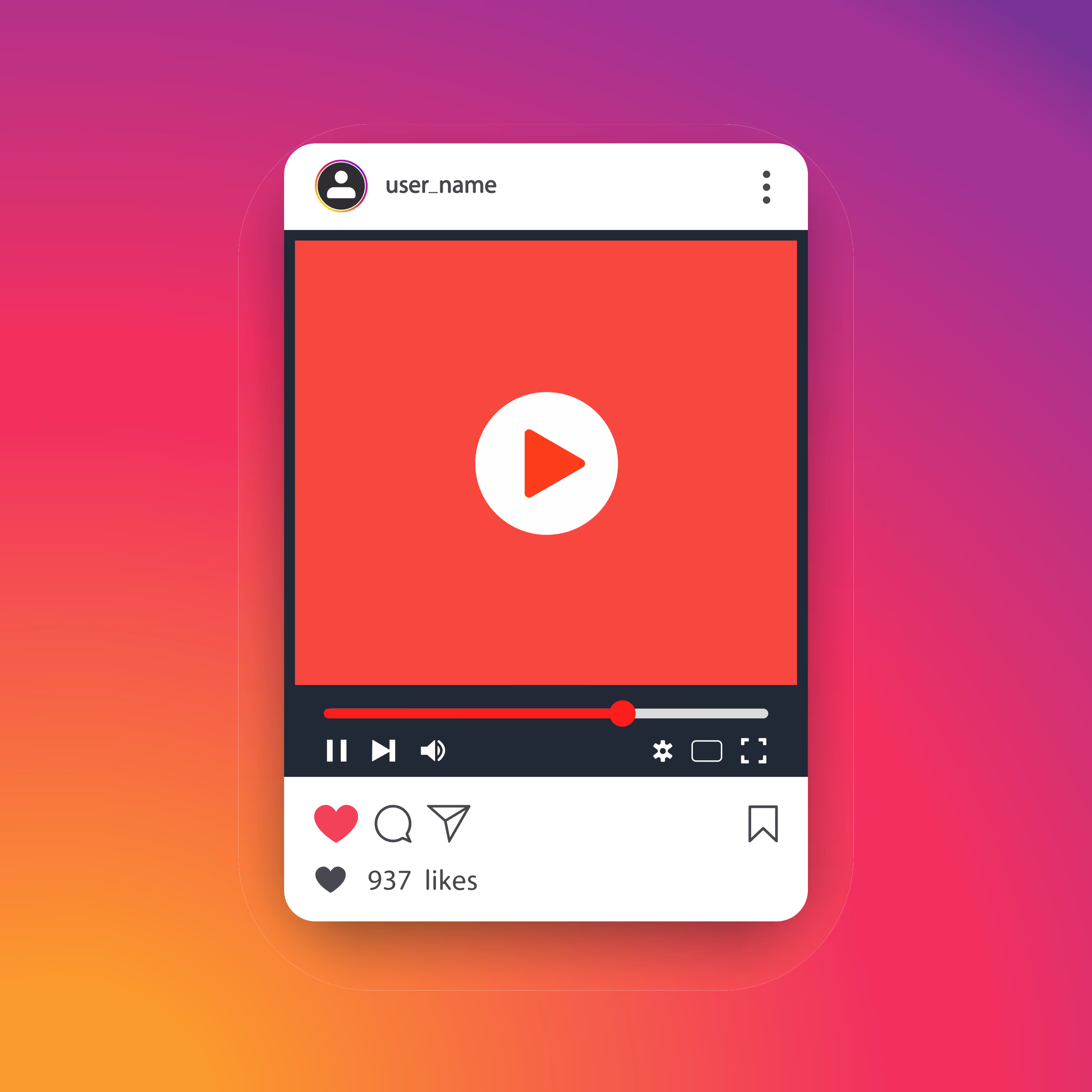In a recent post, we covered the potential of TikTok to reach mass audiences for your business. If you haven’t given it a look-through yet, make sure you do here. But we hadn’t touched on the snippet videos of other platforms, such as Instagram Reels and YouTube shorts. With social giants competing on these short attention span formats, creators and businesses alike have more opportunities to build viral growth than ever before.
Instagram has over 1 billion active users per month. YouTube boasts over 2 billion active users every month. If you haven’t incorporated either of these into your social media strategy, perhaps you should reconsider.
Creating engaging short video content is one of the best free ways to grow online if done well and appropriately to your niche. If you want to know how you could attract a slither of either pie, read on for everything you need to know.
Algorithms: what are they and how does it work?
Algorithms often seem a bit of a mystery, spoken about as though it is one super-algorithm that controls social apps. This isn’t strictly true.
Social media apps use a variety of algorithms. Each algorithm ensures users view what they’re more likely to enjoy and interact with, thus creating a more personalised experience. In simple terms, tags of information known as ‘signals’ are collected from what you engage and interact with. These signals are then used in a series of predictions or educated guesses to serve the best content.
Instagram revealed how they rank reels on their blog earlier this year. This is what they said were the most important signals, roughly in order of importance:
- Recent activity. Which reels you’ve liked, commented on, and engaged with recently.
- Interaction with the account. The likelihood is you won’t know the publisher, but if you have interacted with them before, Instagram will take this as a ranking consideration.
- Information about the reel. Signals about the content of the video, such as the audio track, video context based on pixels and frames and popularity of the reel.
- Information about the publisher. Instagram considers popularity to find the best content from a wide range of people and give everyone a chance to reach their audience.
As far as YouTube shorts are concerned, if it reaches audiences that finish viewing the whole video or watch the content multiple times over, YouTube will increase the ranking quality. Popular content is served into the ‘shorts shelf’ and helps advertise your channel to gain new subscribers. Some of these shorts can be mini trailers or best bits under a minute in length from existing YouTube videos you have.
Because it is still early days with this relatively new format in YouTube, there is less public understanding of what the algorithms are leaning towards. The competition levels could be better for certain niches, and all of the best practices for other platforms should also benefit YouTube shorts.
What does this mean for businesses wanting to get in on the action?
To give your video content the best chance of performing, here are a few best practices to keep in mind;
Original content. The content needs to be your own and if shared on TikTok, make sure to remove the watermark and resize the video to fit the correct dimensions for the right platform.
High quality. The footage should be of good quality and optimised as best as possible.
Sharable content. The video needs to be share-worthy content. Something that shocks, surprises and makes people want to show their friends.
Community guidelines. Avoid posting anything that might breach certain adult or offensive content, jump on trends and use the audio library for that platform.
Funny, Exciting & Interesting. Make sure the content fits into either category or more. It needs some level of wow factor so that it can compete with other popular content.
Hashtags. Experiment with different hashtags and use relevant ones found on other viral videos.
Share with your following. YouTube shorts will notify your subscribers but it is always worth sharing your reels on your feed and in your stories to get some traction going.
Titles and captions. Include text impactfully by making it snappy and attractive. Position in a clear space, a 5:4 ratio prevents cropped text when sharing to your feed.
Short video ideas for businesses and brands
It’s worth spending plenty of time planning video content ideas before rushing around, filming aimlessly.
Here are some ideas to get you started:
- Educating and myth-busting with visual misconceptions.
- Before and afters. If you provide a service that is satisfying to the eye, show off your best makeover work.
- Testimonial stories. Emotional video clips that are easy to understand the context can pique interest and evokes an emotional response.
- FAQs. Answer a few commonly asked questions by your customers visually.
- Create funny videos, bloopers or social commentary memes to show your sense of humour.
- Common problem hacks that are relevant to your trade skill or niche.
- Display the best bits of your work that are the most enviable sides to your job.
- Instructional videos on how to execute something your following would want to know how to perform.
As with most things, the more practice and preparation, the better the outcome. Always keep your brand in mind, stay realistic and ultimately, ask yourself what would be attractive to your audience.
Looking to reinvent your social strategy? Contact us today at hello@creativepod.net and we can help set your business up for success.



















